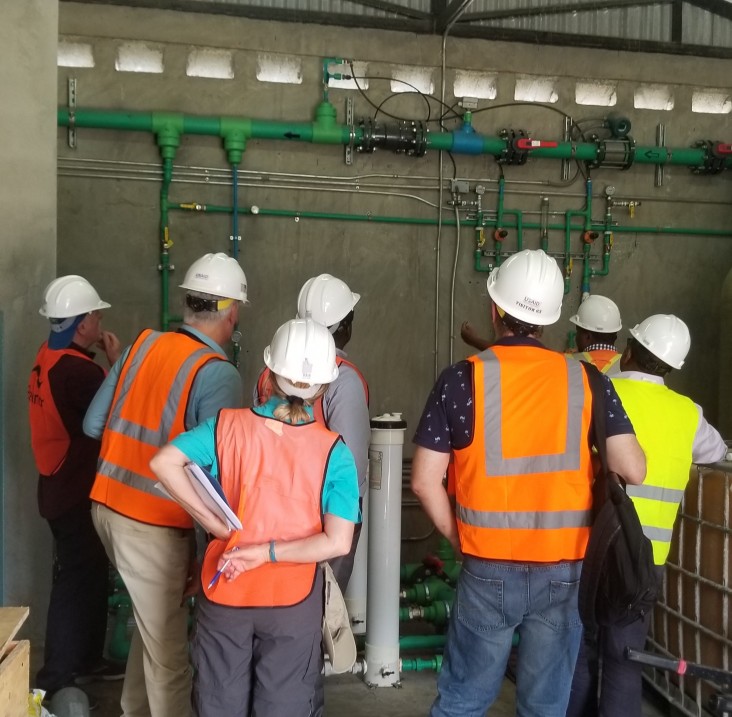Speeches Shim

Return to EnviroLinks Newsletter
Environmental compliance is more than just checking a box! It provides an opportunity for Agreement Officer’s Representatives/Contracting Officer’s Representatives (AORs/CORs) to ensure that environmental impacts are adequately mitigated throughout the project lifecycle. AORs/CORs are the linchpin of the environmental compliance process and have the overall responsibility for overseeing and ensuring environmental compliance for their mechanisms. Effective compliance verification, through Environmental Compliance Reviews (ECRs), also allows AORs/CORs, other USAID staff, and Implementing Partners to manage potential risks and identify opportunities for improving overall project performance.
The Bureau for Global Health (GH) employs a risk-based approach to verifying compliance through ECRs, which rely on environmental risk assessment (ERA) and utilize risk-based monitoring and oversight strategies. An ERA is an evaluation of a project or activity and its potential environmental impacts to determine its relative level of risk. This relative risk level then informs how much monitoring and oversight activities are necessary to verify project compliance. ECRs may use a combination of monitoring and oversight activities, including interviews, document reviews, and field visits. This approach can result in many benefits for your project, including:
1. More Efficient Resource Allocation
Using a risk-based approach to determine the level and frequency of ECR needed for different projects allows GH management and AORs/CORs to better allocate often-limited resources. This includes both their environmental management efforts and time, as well as crucial project funds. The GH Bureau Environmental Officer (BEO) can help AORs/CORs determine their projects’ relative level of risk and develop a compliance verification approach that is both efficient and effective.
2. Improved Communication and Collaboration
The ECR process necessitates early and more frequent communication and collaboration between different stakeholders, including AORs/CORs and the GH BEO, as well as between Washington-based teams and distant field offices. Field visits, for example, provide an important opportunity for geographically-separated team members to meet and observe activities in person. This can help improve understanding of the needs and requirements associated with a project. For example, a Washington-based COR may believe weekly testing of water samples is necessary and reasonable but, through a field visit, may learn that transportation complications would preclude the ability to conduct such frequent tests. Teams can then make necessary adjustments to compliance requirements.
3. Adaptive Management Opportunities
Punitive measures do not necessarily lead to better outcomes for the environment.USAID Implementing Partners are encouraged to incorporate adaptive management solutions that benefit, or at least reduce harm to, the environment, especially when resources are limited. The ability to conduct real-time evaluation of management outcomes’ effectiveness and make any needed adaptations is another ECR benefit. For example, an EMMP may require certain colored waste disposal bags for the different categories of healthcare waste. However, acquiring appropriate waste disposal bags may prove challenging on the local market. Rather than just documenting this as an issue of noncompliance, an ECR would allow the team to identify this issue and adapt the project’s environmental management accordingly. A different method of distinguishing between the contents of different bags could be used, such as using colored tape indicating the waste types, for instance.
By taking a step back and evaluating which environmental management aspects are working and which are not, a project team can achieve long-term compliance and sustainability. The ECR process aids in this. For more information, please contact the GH Support Team at: ghcompliancesupport@usaid.gov.

Comment
Make a general inquiry or suggest an improvement.